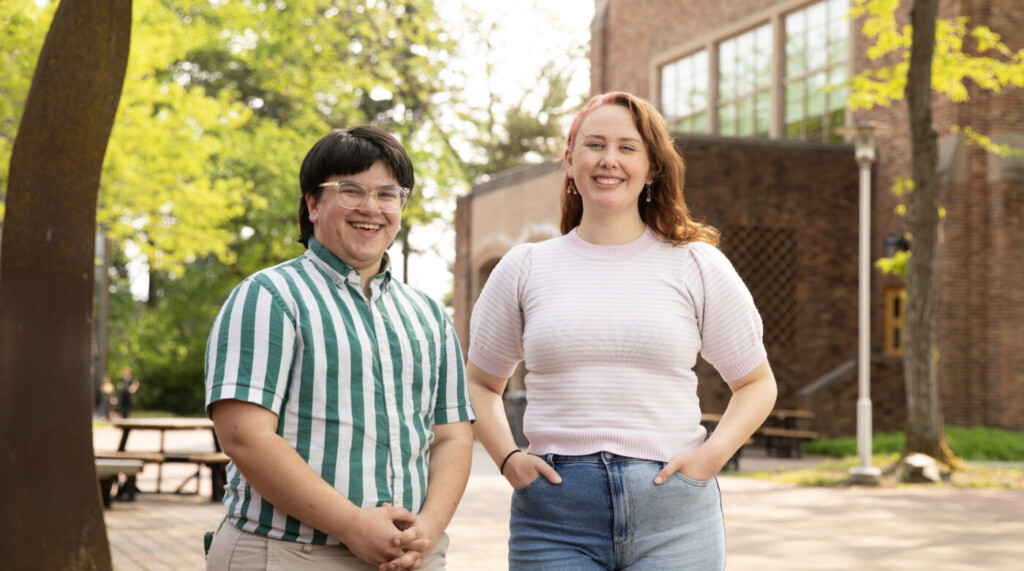Page 65 • (707 results in 0.06 seconds)
-
technology projects.Lamination253-535-7525 • media@plu.eduGet your flat materials laminated.Learning Spaces253-535-7525 • media@plu.edu • Web siteBrowse classrooms and meeting rooms across campus for reviewing classrom equipment, resources, and photos.Library Studio253-535-7525 • itech@plu.edu • Support infoCreate digital media projects such as photography, video, and audio recordings.Live Video Production253-535-7525 • media@plu.edu • Support infoSingle or multi-camera video production to capture events
-
on my terms” (S2E3). The underlying historical reality being that most Black women living in Regency England did not have control over their depictions. In eighteenth-century Europe and the Americas it would have been common enough to see engravings of Black people who had escaped slavery and written about their experiences, such as Olaudah Equiano, and, later in the nineteenth century, to see photographs of Frederick Douglass, Ellen and William Craft, and Harriet Jacobs, to name a few. Most
-
(BSCS) BookClub is a web and IOS application that allows for the buying, selling, and trading of textbooks. With an account, users will be able to upload and manage books they have for sale. The Cordova framework on the front end allows for cross-platform development using Angular and Typescript, and efficiently wraps the project in production level builds allowing for code re-use between platforms. The Node.js and Express API written in JavaScript connects to and queries MariaDB, which contains the
-
. MediaLab at Pacific Lutheran University tells the story of residents, the tribal community, and farmers as they rally against the waves to save what’s left of their town. For more information, please visit livingontheedgefilm.com.A World of Difference, 2017All across the country, people of color, women, immigrants, low income communities, and many others, say they feel less respected, more fearful, and in many places, under attack, because of their differences. MediaLab’s newest production, A World of
-

alumni Annie Herzog and Eric Olson. But the greatest opportunity in my eyes is for the students who comprise the Evangelist quartet–the biggest role in the drama. They have been expertly coached by Jim Brown and they are fantastic. To give them an opportunity to sing as equals with the other professional soloists is a big deal to me and I am very proud of them. What do you think are the benefits to students involved with this production? They get to be the first artists to perform an important new
-
Convention Center — to help capture and share compelling stories with broad audiences. Joshua formerly served as the lead videographer for the prestigious student-media organization MediaLab, for which he helped produce film and edit long-form documentary projects. He is aiming to move into the video production industry post graduation. John Froschauer, photographer John will soon hit his sixth year at PLU. Prior to his time at the university, he spent 15 years working for himself with a main client
-
task of the diviners is to interpret the marks made in the powdered wood coating the divination tray. Based on the marks the diviner creates, he or she will recite one of sixteen pre-determined verses of Yoruba oral literature, odu. Often these verses suggest further rituals or sacrifices that the diviner’s client should take part in to resolve their problem (Ross). To create each of these instruments of divination, an artist must acquire stylistic knowledge of his craft. The term àṣà generally
-

borrowing and making costumes. We used ticket sales to reimburse our designers. Kenzie was the main director, and I co-directed, particularly the scenes involving music. I did some choreographing and production work, which included poster design and distribution of money. How did things turn out? Ruggeri: It was successful and sold out the studio theater for the run of three days—two nights and one matinee. We also conducted a survey gauging the lessons the audience took away from the show. About a
-

. Independent student shows outsource everything, even borrowing and making costumes. We used ticket sales to reimburse our designers. Kenzie was the main director, and I co-directed, particularly the scenes involving music. I did some choreographing and production work, which included poster design and distribution of money. How did things turn out? Ruggeri: It was successful and sold out the studio theater for the run of three days—two nights and one matinee. We also conducted a survey gauging the lessons
-

borrowing and making costumes. We used ticket sales to reimburse our designers. Kenzie was the main director, and I co-directed, particularly the scenes involving music. I did some choreographing and production work, which included poster design and distribution of money. How did things turn out? Ruggeri: It was successful and sold out the studio theater for the run of three days—two nights and one matinee. We also conducted a survey gauging the lessons the audience took away from the show. About a
Do you have any feedback for us? If so, feel free to use our Feedback Form.


